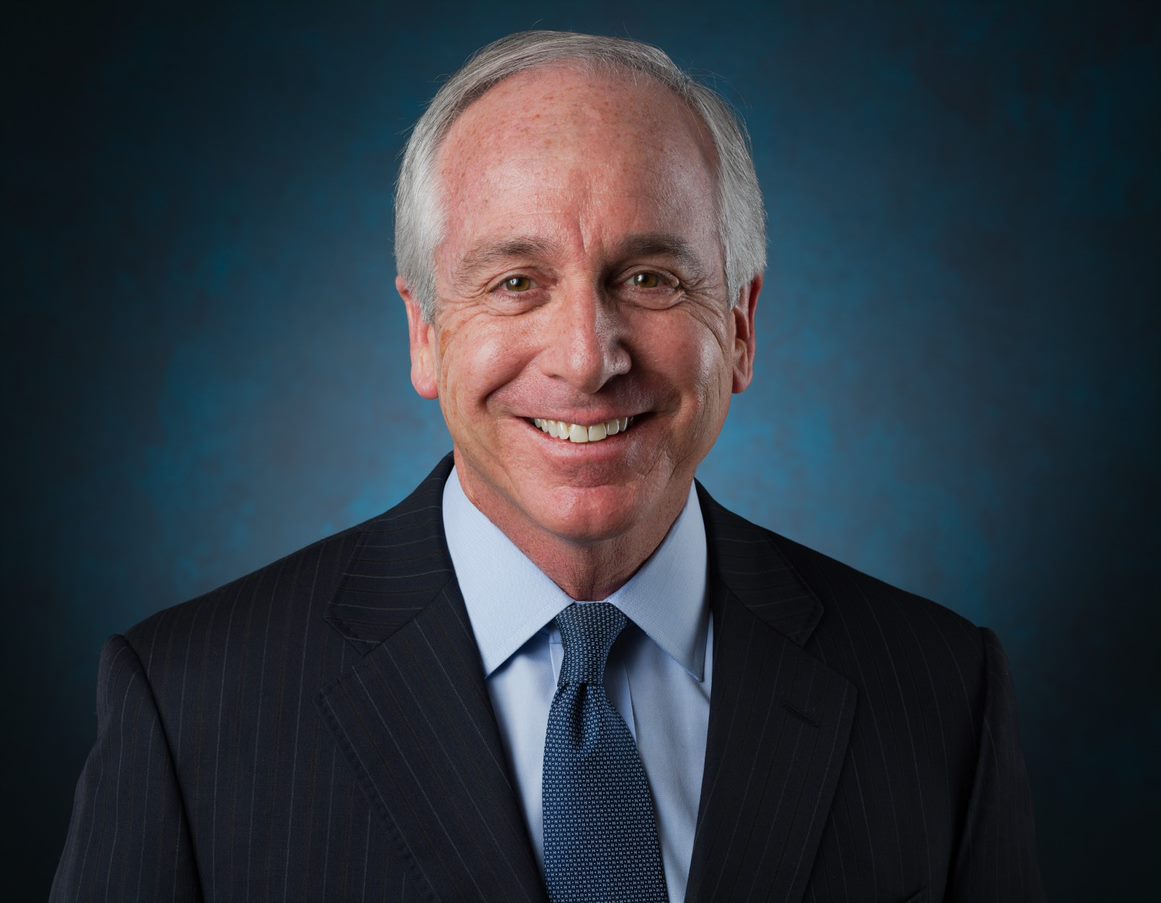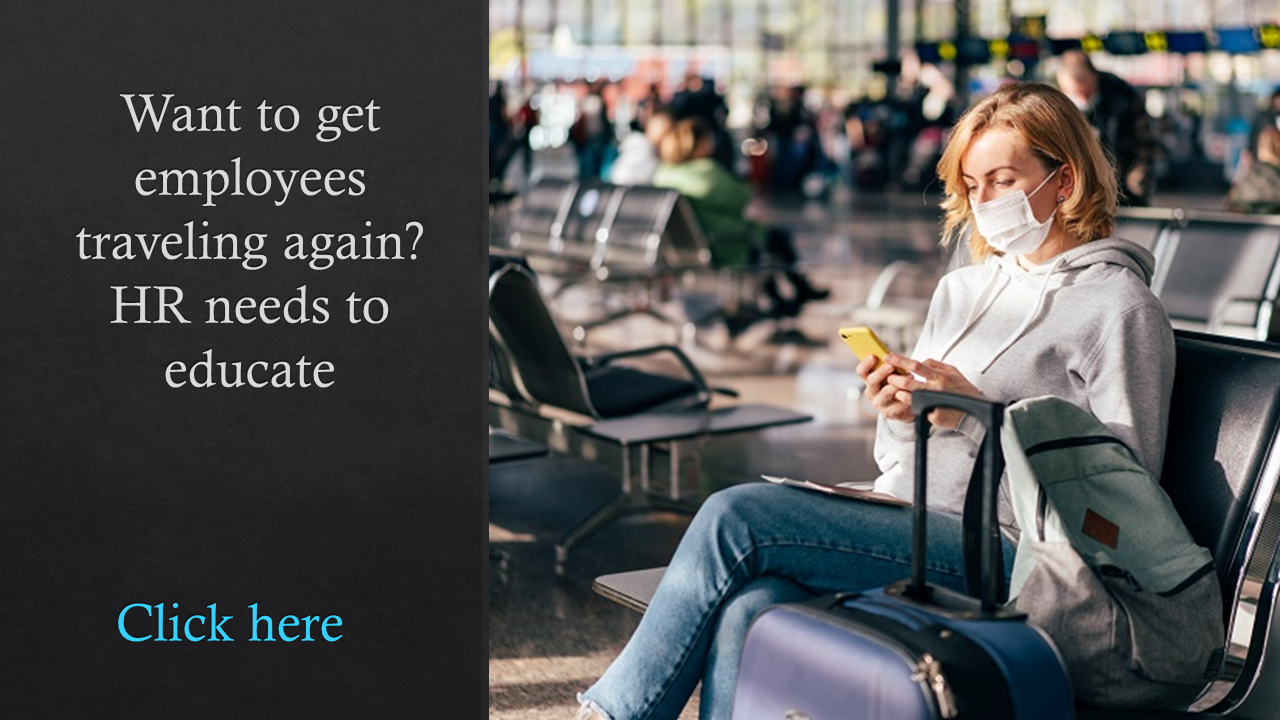Nearly a year-and-a-half into the pandemic, employees are ready to travel again. Working from home, particularly, has many workers wanting to completely disconnect from the office and take long overdue time off.
“It’s kind of like lions in a cage,” says Adam Gordon, co-founder of PTO Genius, a tech solution used by employers to help manage PTO. “Most employees are planning something, or at least want to.” Last summer, 44% of U.S. employees didn’t use any paid time off, according to data from ValuePenguin, yet 72% wanted to take a vacation. It’s a different story now: 87% of Americans are expected to take a trip this summer, according to Destination Analysts.
Experts say that’s a good thing, especially as employees are working longer hours–40% on average, one study finds–burnout rates are soaring and mental health challenges continue for stressed-out employees more than a year into the pandemic. Employees who take extended time off work are likely to be more rested, happier, more productive and more present on the job–a good thing for employers.
Related: Burnout is continuing to rise; is HR doing enough?
But those employee plans may also present a problem: How can employers manage employees taking mass time off? And how can they prevent them from taking the same days off?

“Accommodating a surge of time-off requests can make it challenging for companies to maintain productivity and keep projects on track,” says Paul McDonald, senior executive director at Robert Half, a human resource consulting firm.
In a typical year, employee vacation requests are more spread out. But because so few took time off in 2020, coupled with the fact that most Americans weren’t vaccinated until recently and the CDC just lifted masking and travel recommendations, the usual timeframe is condensed. A vacation boom is expected this summer.
Gordon says the first thing HR and company leaders should do is examine their PTO policy, making sure it’s understood by and clearly communicated to employees. Then they need to decide if it needs some updates. For instance: Should we include details like the maximum number of consecutive days workers can take, or the number of employees in the same department or location who can be out at the same time? How should we determine how to grant requests–is it first-come, first-serve, or is it seniority? Is it certain people who can’t be out during the same timeframe?
“At a high level, think about the PTO policy and think, ‘Is there anything we need to clear up or modify to make it so it’s speaking to what’s occurring this summer?’ ” he says. “Planning or preparing in advance will help [employers] avoid a lot of challenges they might face.”
Another thing employers should do is make sure they’re communicating with employees about vacation plans. In other words, ask them what they plan to do as far in advance as possible, McDonald says. “Then make sure there is adequate coverage for staff who may be out of the office,” he says.
Adds Gordon: “If you have managers meeting with people on the team on a biweekly or monthly schedule, add in a question, ‘Hey, what are your plans for the summer? Are you hoping to take time off for the summer?’ Or, ‘If you didn’t, would you be OK to maybe do it in the fall?’ Gathering information and feeding that up to HR will help them to be able to understand maybe what we’re anticipating isn’t really a challenge, or maybe it’s more of a department-level thing, so [employers can] identify departments that may be busier in the summer than those that aren’t.”
Based on that information and figuring out who will be out and when, managers can create an action plan and delegate with purpose. “As part of their pre-vacation prep, staff should outline what they’re working on, any upcoming deadlines and what duties others will have to perform. Divide the work of a vacationing staff member among several employees rather than spreading one person too thin,” McDonald says. Bringing in contractors can also help ensure tasks get done and deadlines are met, he adds.
Some companies may want to temporarily cap how much time their employees can take off at once–at least to make sure everyone is able to get out of the office during a timeframe when they want to. Companies may also consider rewarding employees for waiting to take their vacation for when the demand is less by giving them an extra day of PTO for instance, or even a financial reward.
“We’re seeing a lot of innovation when it comes to PTO planning,” Gordon says.
 Because there is a lot to manage when it comes to PTO, especially this year, technology can help with some of the administrative burdens by helping HR track employee requests, approve them and streamline the process. “Tech makes sure the way PTO is managed and the systems they’re using are streamlined. Managers lose 5.3 weeks per year dealing with PTO,” says Gordon. “If the system they’re using isn’t centralized, or it’s not clear where the PTO requests come from, it can create a lot of extra work for managers which trails back into HR.”
Because there is a lot to manage when it comes to PTO, especially this year, technology can help with some of the administrative burdens by helping HR track employee requests, approve them and streamline the process. “Tech makes sure the way PTO is managed and the systems they’re using are streamlined. Managers lose 5.3 weeks per year dealing with PTO,” says Gordon. “If the system they’re using isn’t centralized, or it’s not clear where the PTO requests come from, it can create a lot of extra work for managers which trails back into HR.”
PTO Genius, for instance, relies on a company’s HRIS data or other leave management software to track individual and collective PTO use. It also uses AI to surface company-friendly times for employees to take time off, and then proactively nudges them to use their time.
Related: Mailchimp’s burnout strategy? Collective PTO, summer hours
Whatever employers do when it comes to managing pent-up demand for paid time off, it’s important to still encourage workers to take a break.
“Professionals are burned out and ready for an ‘awaycation,’ where they can travel and completely disconnect from work,” McDonald says. “Now more than ever, it’s important for employees to take time off to recharge–and for employers to foster a vacation-friendly culture. Working nonstop is counterproductive and unsustainable.”
Register here for the HR Tech Conference to learn how employers are leveraging technology to manage PTO and other issues.



